Here's What Will Happen, if the Arctic's Ice Caps Actually Melt
Published Dec. 8 2020, 3:15 p.m. ET
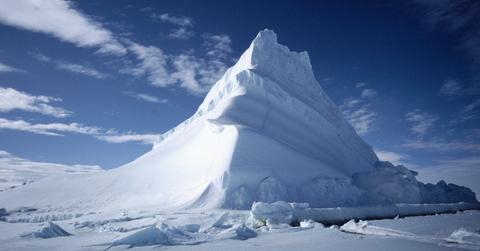
One of the most overt effects of climate change that researchers can point to is the melting of ice in the Arctic. The average temperature of the planet is getting hotter, with 15 of the hottest years on record having occurred since 2000, according to NASA, and as temperatures climb, the climate no longer becomes sustainable for the environment necessary to support the Arctic. In fact, as of winter 2018, the Arctic’s sea ice coverage was the second smallest it’s ever been measured.
So, what happens if the Arctic melts?
“The Arctic is a natural freezer,” Michael Mann, a climatologist and director of the Earth System Science Center at Pennsylvania State University, told The Verge. “Just like you’d be concerned if all of the ice in your freezer melted, so should you be concerned about the loss of Arctic sea ice.”
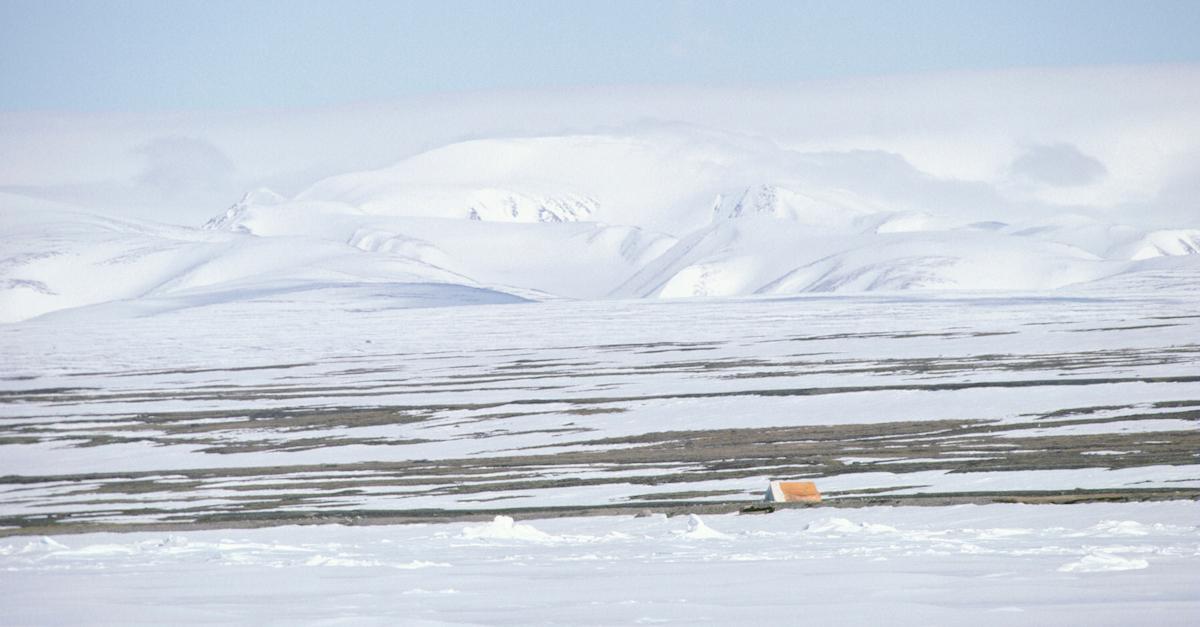
Sea levels will be drastically affected.
The disappearing ice in the Arctic affects more than just the surrounding area. As the Arctic’s ice disappears, the rest of the world experiences global warming. As per Museum of Natural History, one of the most dangerous ways in which we would be affected by the Arctic melting is the rising of sea levels.
Why is this important? Different cities are established at different sea levels. If the sea levels rise 20 feet, populations and cities would be decimated. Coastal communities — Florida, New Jersey, Maryland – could be drastically affected and even now, are experiencing more instances of flooding. Raise the sea level 20 feet, and these areas will likely not survive.
“If all the ice covering Antarctica , Greenland, and in mountain glaciers around the world were to melt, sea level would rise about 70 meters (230 feet). The ocean would cover all the coastal cities. And land area would shrink significantly,” the Museum of Natural History site reads. "The [main] concern is that portions of the Greenland and West Antarctic ice caps may disappear. We do not know how much or how quickly this could happen, because we do not know exactly how it will happen.”
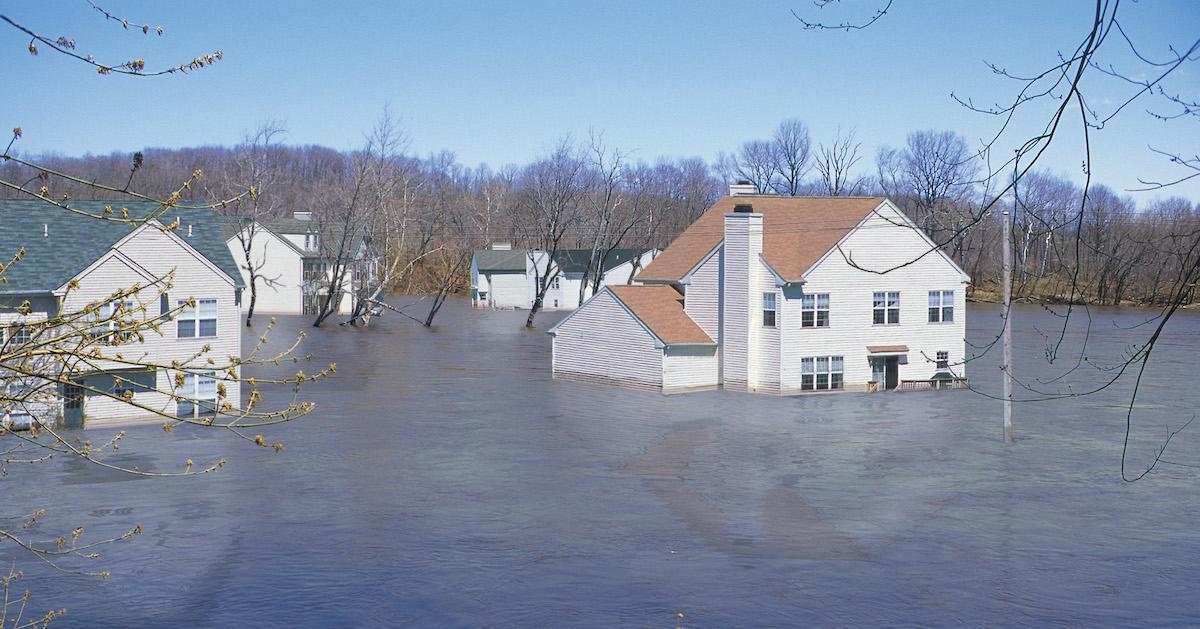
Here's what happens if the permafrost melts:
Mongabay reports that permafrost – which refers to any ground that remains completely frozen in nature for at least two years straight, usually near the North or South poles – is heading toward a crisis. Permafrost is located in Alaska, Canada, and Siberia.
“Permafrost covers approximately 22.8 million square kilometers (8.8 million square miles) in the Arctic, sub-Arctic and alpine regions — comprising nearly a quarter of the exposed land surface in the northern hemisphere,” according to Mongabay.
“The world’s permafrost serves as a massive carbon reservoir, storing nearly twice the amount of carbon currently found in the atmosphere. An estimated 1,400 gigatons of carbon — made up of decomposed plants and animals which once inhabited the Earth — can be found embedded in permafrost.”
Should the world’s permafrost melt, it could unleash a toxic amount of carbon, while simultaneously damaging wildlife homes.
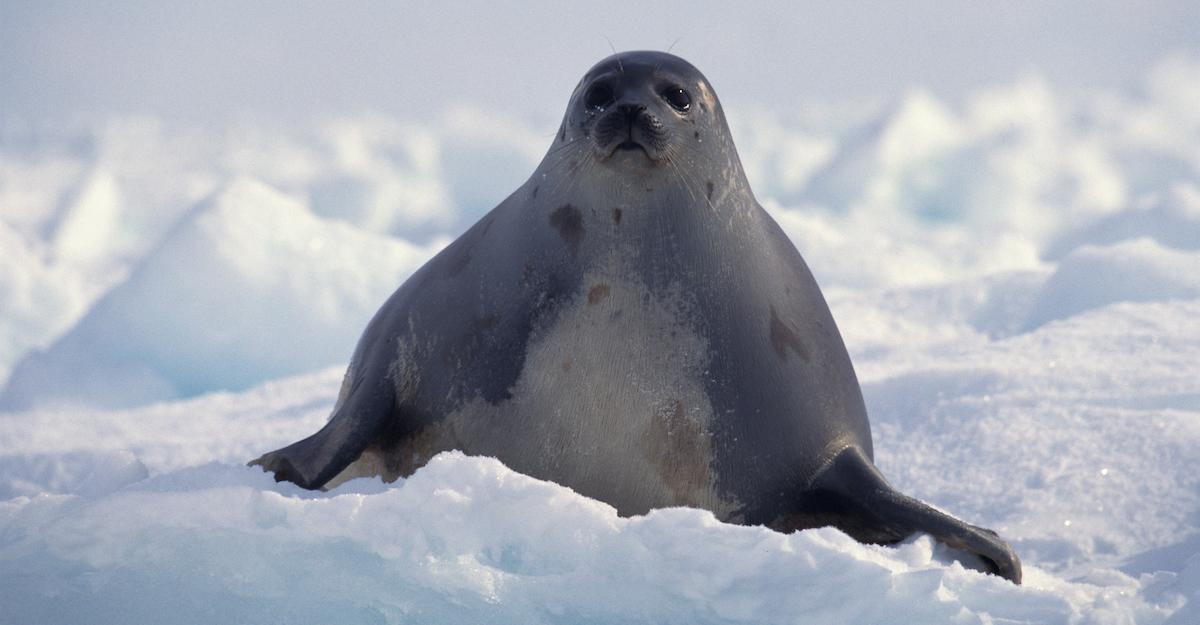
Damage to the Arctic may also lead to extreme weather.
It has been proven that when the Arctic is “unusually warm,” according to The Verge, extreme winter weather is anywhere from two to four times more likely in the Eastern U.S. Clearly, our extreme weather events here, are directly tied to what’s going on in the Arctic. If the Arctic continues to warm – and at alarming rates at that – the U.S. could experience more extreme weather events such as droughts, heat waves, heavy rainfall, and hurricanes and tropical storms.
Some researchers believe the Arctic’s issues are to blame for unusual weather in the U.S. – 2018’s bomb cyclone, record-breaking freezing temps, and a slew of hurricanes in a short period of time, to name a few. It’s not just the U.S. that is affected by the state of the Arctic. A 2017 study linked the Arctic’s disappearing ice predicament to the unhealthy smog layer in China.
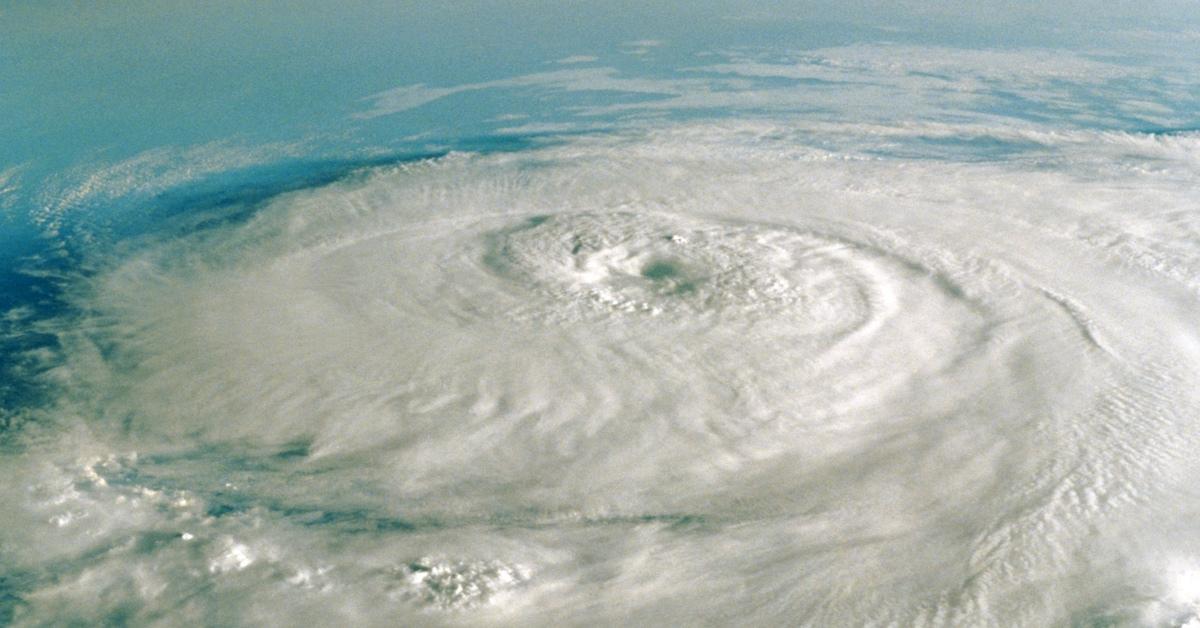
How can we stop the Arctic ice from disappearing?
The most important, day-to-day thing we can do to stop the Arctic ice from disappearing is to cut back on greenhouse gas and carbon emissions. The lesser rate emissions happen, the slower the rate of global warming happens. The slower the rate of global warming, the slower ice from the Arctic disappears.
However, researchers are actively searching for ways to slow down the rate of the ice disappearing. Non-profit Ice911 has proposed covering the Arctic in millions of silica and glass beads, to reflect sunlight back into space and while insulating ice that would have otherwise melted. Silica does not pose a threat to nature or animals, and the beads actually stick to the ice and water upon contact.
Ice911’s silica bead tactic is still being field-tested as of 2019, but it could prove an important means to an end in the near future. In the meantime, the most impactful thing the average person can do is be cognizant in trying to reduce their greenhouse gas emissions and carbon footprint overall.